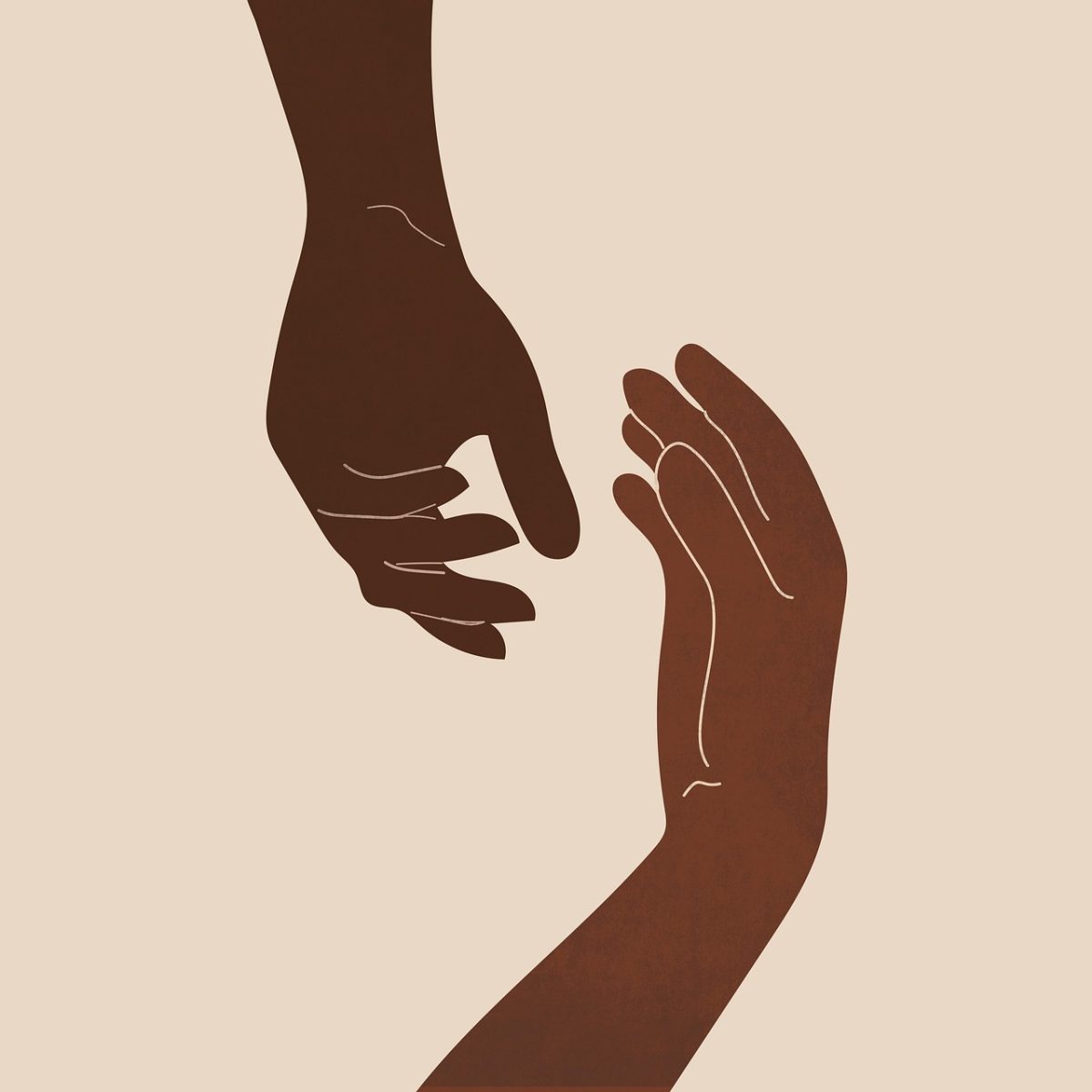Today I’m offering a guide to partnered traction, one of my favorite ways to get physically unstuck. If there are gummed-up feelings in your body or you’ve simply been a bit blah lately, try these out and feel if you get a big ol’ sigh of relief or seven.
You need a partner. I have been unable to achieve anything near to the results and sensations on my own, and no mechanical device has the subtlety, nuance, or electrical connectivity of another human body helping you out like this. If Chris allows me back next ThinkMovement gathering, I’d probably go over this with everybody in a future workshop.
When you’re helping someone release an area using traction it’s important to (as the giver) have as little tension in your body as possible. Avoiding muscle tension means to lean away rather than pull and use your body over your biceps.
In order to help the person relax, they must be anchored in two ways. Their own body must be passive enough to be dead weight, so leaning away from you or leaning against something is important for them to feel they do not have to brace (much) in order to let you pull on them. If they need to balance they are unlikely to be relaxed. On your end as the giver, this means noticing whether you’re pulling so hard that they need to brace and contract the area you’re both trying to stretch. Their nervous system must not feel at risk of falling down or being dropped. It’s essential that the giver’s grip be firm, compact, and steady. Any unsteadiness in the grip or overgripping due to nervousness will result in the receiver having to subconsciously brace for the possibility of being released by this noncommittal or unconfident energy. Calm and firm is the way to be here.
It won’t be perfect at first. It is your mutual job to make it better. You can often get under the barriers of people-pleasers by asking “if there is any way that you could make this feel just a tiny bit better” a few times per stretch. My model Susannah in the main video does a marvelous job of advocating for herself, but you may not find this to be the case with many people, which contributes to their inability to relax and receive as they continually think they are caretaking the person trying to help them. A firm calm and assured demeanor with clear intentions will help them out.
Communication between receivers and givers is incredibly important. Traction can easily be uncomfortable with too much pull or too light a grip. When you get it right it feels like nothing else — simply divine. In the video I offer many options for how to adjust, communicate, and help each other out – even instructing either side to freeze while the other side moves the appendage in helpful ways. Things to consider are speed, direction, rotation, leaning more or less, grip placement, and increasing or decreasing grip strength. When something *just right* is achieved, don’t be afraid to stay and hang out for a long while while the receiver breathes, sighs, and relaxes into it.
When practicing, you could alternate between making it “for the giver” to experiment with grips, motions, and body positioning and making it “for the receiver” to simply instruct and receive what feels best for them. Just make sure you’re clear on who is meant to benefit most here to keep the direction of energy flowing.
Traction:
Wrist Video Containing Traction:
Feature Image by Bianca Van Dijk from Pixabay.

